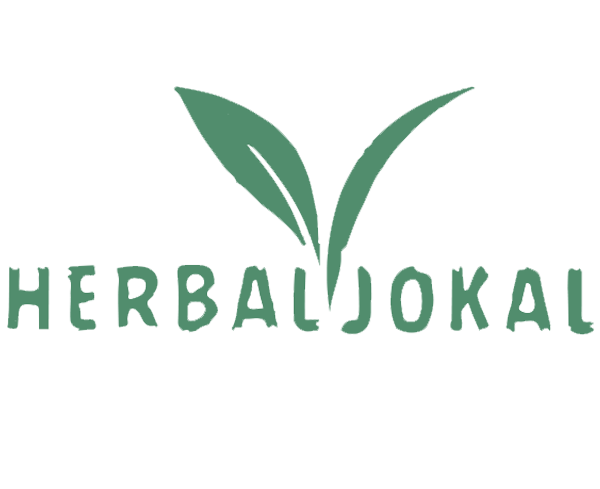Garlic – Allium sativum
shallots – Allium stipitatum
Pink Himalayan Salt
blue salt Persia
Organic food
In many industrial and advanced countries of the world, in stores and supermarkets, you usually come across two types of products that have a distinguishing label, organic and non-organic. The importance of using completely natural and organic products in some countries is so great that the store There are specials for selling this set of products.
Our company can grow all kinds of products organically and export them all over the world due to having agricultural land.
Organic foods are those foods that are free of any chemical and artificial substances such as pesticides, poisons, preservatives, chemical fertilizers, and in general any pollutants. It can be said that in the production and processing of these types of products, All stages from planting to harvesting are beneficial using natural inputs such as biofertilizers, composts, and insects. At first, these products were only available in small stores or local farmers’ markets and only included fresh vegetables, and the first consumers who used organic food were looking for food that was free of chemicals, and fresh. It is possible to have the least steps of the process, and because they had to buy the items they needed directly from the farmers. But nowadays, in many countries of the world, organic products are no longer considered luxury and special, and there are all kinds of organic products in stores.
The advantages of organic food and its difference from non-organic food:
One of the most important advantages of organic food products is the presence of better and more natural taste and nutritional properties of these products compared to products produced in the common agricultural system and modified products.
The nutritional value and vitamins in most organic products are much higher than the common system products. Among these, we can mention the content of more vitamins such as vitamin B, vitamin C, vitamin E, and lycopene and minerals such as magnesium, iron, and zinc, and the presence of antioxidants and useful amino acids in other products.
They are less toxic. Organic products are healthier and less contaminated with organic pesticide residues. Also, these products do not contain food additives and are naturally healthier. Producers of organic products follow very strict standards and guidelines, which minimize the possibility of these products being contaminated with chemical and toxic substances. Certificates of organic products are insurances that no chemicals or toxic substances have been used in the production of these products.
Organic food reduces the risk of diseases. Many environmental protection centers have found that chemicals in pesticides have carcinogenic and pathogenic effects. Organic agriculture is one of the ways to reduce the consumption of chemical poisons and reduce these substances to water, land, and air resources.
Grading of organic food:
The terms used for organic food are:
100% organic: products that are made entirely of organic (natural) ingredients.
Organic: products that consist of 95% organic compounds.
Produced with organic materials: products that contain at least 70% natural materials.
Foods that contain less than 70% natural ingredients are not considered organic products.
Disadvantages of organic food:
One of the main disadvantages of such foods is their high cost compared to non-organic food products, which is due to more expensive agricultural operations, strict government regulations, and lower product yield. Another disadvantage of such products is that 5% of people may develop allergic reactions because even some natural and organic toxins such as ricin and strychnine can cause complications for consumers.
Many researches have shown that poisons and chemicals used to produce edible products will cause cancer and many other diseases. One of the characteristics of organic food is helping to maintain the health of the body and preventing the entry of pathogenic toxins into the body. People who care about their health use these healthy products.
Organic food is often fresher because it does not contain preservatives that extend its shelf life. Pesticide-free farming is also better for birds and animals, as well as people who live near farms.
From an environmental point of view, fertilization, excessive production, and the use of agricultural pesticides can lead to the following problems:
- Negative impact on ecosystems
- Biodiversity endangerment
- Negative impact on underground water
- Creating problems in drinking water
supply With organic farming, these things are minimized.
A look at the history of organic farming:
In the past, all agricultural products were produced organically. From the 20th century, new products were produced that were no longer organic. The organic farming movement emerged in the 1940s in response to the industrialization of agriculture. In 1939, Lord Northbourne first used the term organic in his book “Look to the Land”. He used this term to describe a comprehensive, ecological and balanced approach in the field of agriculture that is opposite to conventional agriculture, and he means conventional agriculture that cannot be self-sufficient and has artificial production. Soil scientists also use this term to express the difference in the composition of soils and describe the soil that has animal manure as organic. Interest in food increased in the 1970s with the rise of environmental movements, and public health scares and concerns about Alar fueled this demand in the mid-1980s.
Benefits of organic farming It is true that we have mentioned many times that there is no difference between organic and conventional food. But in the following, we will discuss the few differences that exist:
- Organic food has fewer pesticides.
- Organic products are fresher than conventional products.
- Organic agriculture does not harm the nature and environment.
- Organic food is not genetically modified


